
India Agrees to Nepal’s Power Trade Demands: Boost to Energy Cooperation
India has responded affirmatively to all of Nepal’s demands pertaining to power trade, signaling a strengthened commitment to energy cooperation between the two countries.
During the 14th meeting of the ‘Joint Technical Team’ (JTT), a collaborative mechanism comprising energy officials from both nations, held in New Delhi on Wednesday, India consented to Nepal’s requests on all fronts.
One of the key agreements involves a substantial increase in the capacity of the Dhalkebar-Muzaffarpur 400 KV transmission line, which is the sole cross-border inland link between Nepal and India. The enhanced capacity is expected to exceed 800 megawatts, ensuring a more robust power exchange between the two nations.
This development hinges on the completion of the Hetaunda-Dhalkebar-Inruwa 400 KV transmission line, which is currently in its final stages of construction. Once operational, this line will enable the Dhalkebar-Muzaffarpur connection to facilitate more than 800 MW of electricity transmission. Presently, there exists a single 220 kV transmission line from Khimti to Dhalkebar.
Additionally, both sides agreed to allow Nepal to utilize the 400 KV transmission line (Dhalkebar-Sitamarhi 400 KV) being constructed by the promoter of the Arun III project, a demand Nepal had long advocated for. After the existing Dhalkebar-Muzaffapur 400 KV line reaches its full capacity and the Hetounda-Dhalkebar-Inruwa 400 KV line becomes operational, Nepal will have the opportunity to export or import electricity through the Arun III transmission line.
Another significant development arising from the meeting is the activation of the New Nautanwa-Mainhia 132 KV voltage level transmission line, scheduled for October. This line will facilitate electricity import and export between Nepal and India and has been operational since May 27, 2023.
Furthermore, the Kohalpur-Nanpara 132 KV transmission line is set to become operational within this financial year, providing both nations with additional avenues for cross-border electricity trade. The meeting underscored the importance of completing the construction of the 400 kV east-west transmission line to fully harness the potential of cross-border inland transmission lines.
In response to Nepal’s request to construct a transmission line for exporting electricity from the Far West region to India via Tanakpur, the 14th JTT meeting agreed that technical teams from both countries would conduct a feasibility study of the Tanakpur-Mahendranagar 220 kV transmission line. Currently, due to the limited presence of a 132 KV voltage level transmission line, only 70 MW of electricity can be exported from Tanakpur.
Lastly, the meeting reaffirmed its commitment to expedite the Dododhara-Bareli 400 kV transmission line, bringing forward the previously set deadline of 2028-29 for its operation.
The Nepalese delegation, led by Sandeep Kumar Dev, Joint Secretary of the Ministry of Energy, participated in the joint secretary-level JTT meeting, while their Indian counterparts were led by Rajesh Goyal, Chief Engineer of the Central Electricity Authority of Bhar.
The discussions regarding the calculation of electricity transactions using the inter-state transmission lines (132 KV) of Bihar and Uttar Pradesh were also addressed in the ‘Joint Operation Committee’ meeting, comprising officials from both nations. A detailed framework, as proposed by the committee, has been submitted for further deliberation.
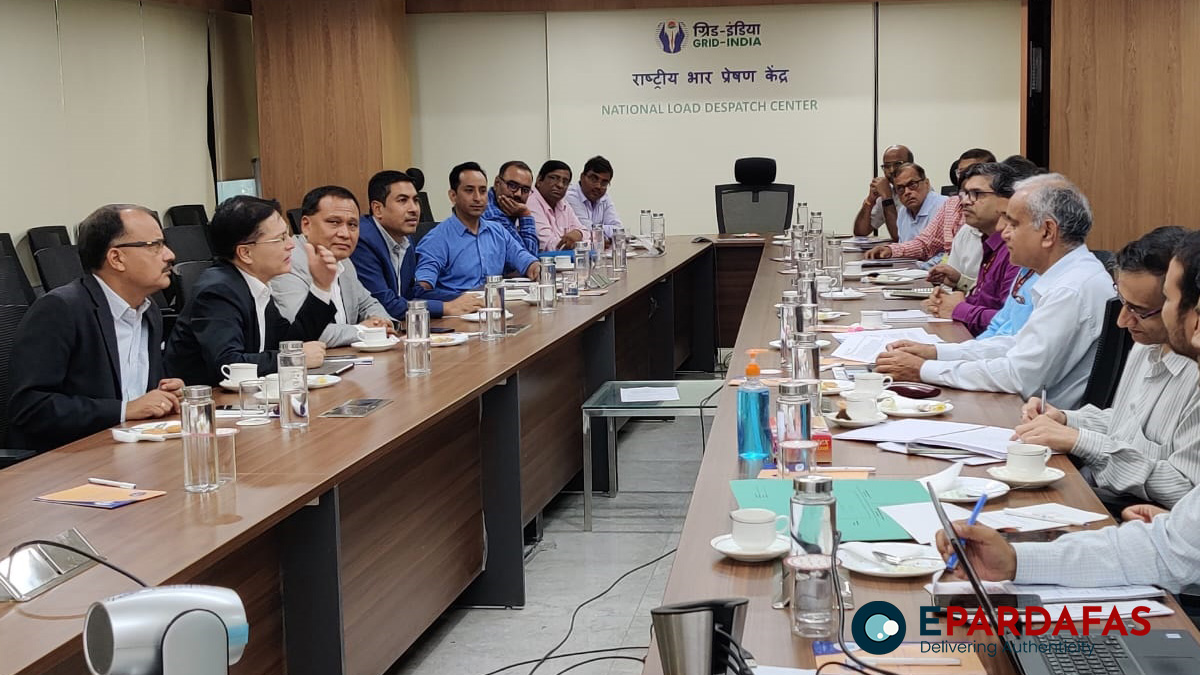

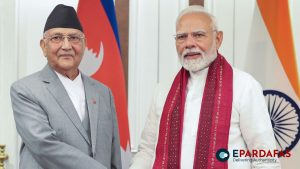
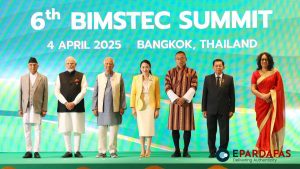
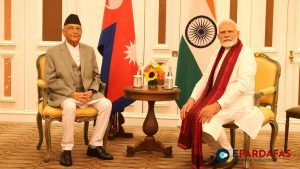
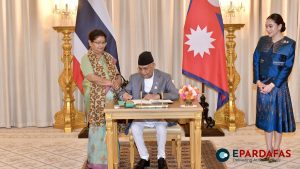






Comments